I faced my fear of winter riding with an FKT attempt
Setting off with ill-advised confidence, Steve Shrubsall discovered that the challenge which - on paper - looked achievable, was actually quite a stretch
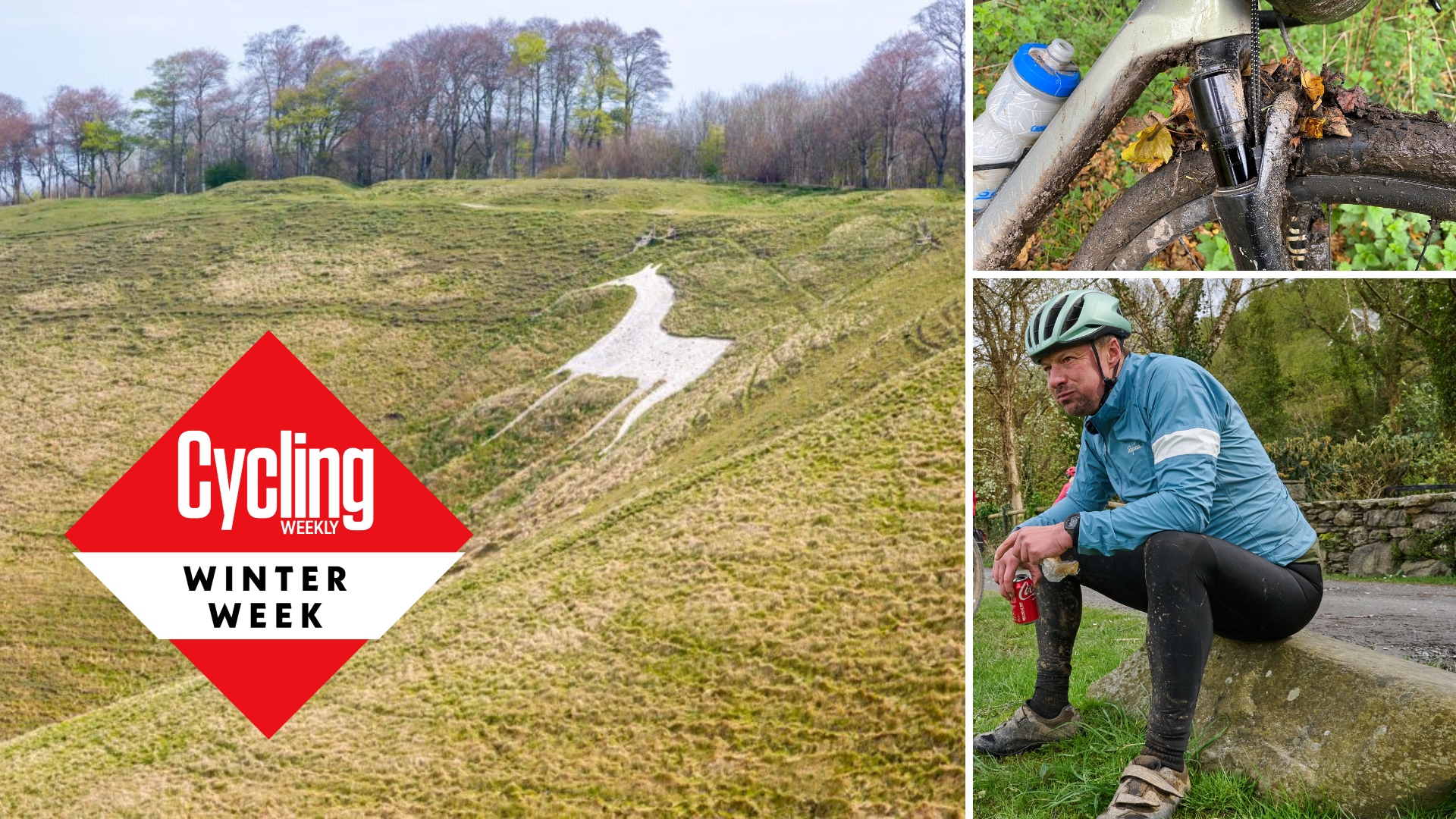
Riders have two choices when shivering in the shadow of winter's dark wall: chip away at it on the indoor trainer until the first shards of spring sunshine pierce the mortar; or, attempt to make friends with it. Having been a firm advocate of the former over the last few years, I decided that I’d head into the winter months this year with an open mind and acquaint myself with the colder, wetter side of cycling.
The UK is superb at doing bad weather. It's the perpetual drizzle that perhaps sets it apart from the climes of other countries. Add to that a biting southwesterly and impenetrable cloud cover and you have yourself quite the little Hades. But we’ve got close on six months of this – time to make the best out of an incredibly bad situation.
Ride of Chalk Horses
The White Horse Round’s 117-mile route is made up of 50/50 bridleway and tarmac. Looping through the UK’s Wiltshire, it passes six white horse etchings, carved into the chalk; the first of which (if you begin from the official start) is the Westbury White Horse, which appears at mile 15 and was restored in 1778, with historians believing the original dates back to around 1172. I started in Chiseldon and my first was the Devizes White Horse.
In order to really get under winter’s skin I hurled myself headlong into an FKT (Fastest Known Time) attempt. Scattered across the globe, FKTs are comprised of long, multi-terrain parcours often taking in breathtaking but challenging terrain usually in national parks or Areas of Outstanding Natural Beauty (AONBs). After studying the extensive list of possibilities I eventually pinpointed The White Horse Round in Wiltshire, UK, for three very specific reasons: it had the least amount of vertical gain of any of the other options on the list (6,000ft); at 117 miles - 50% on byways - it's one of the shortest FKTs you can do; and, it’s near my house.
So on a Saturday morning in early November, I set the controls for Chiseldon in South West England’s Wiltshire, with a view to not only recalibrate my conceptions of the colder months, but to also add my name to the hallowed list of FKT holders.
The time currently at the top of the list was 7hrs 11mins, meaning an average speed of at least 16.5mph would be needed to beat it. I harboured plenty of ill-advised confidence. The route was practically flat, after all. And, should I fail to hit the required 16.5mph, I could still set a ‘winter’ FKT - any attempt taking place between November and February - since, no time had yet been set. Time to assume an aerodynamic, TT worthy position on my Giant Revolt X Pro gravel bike and let rip.
For your reading pleasure, here, are the (mostly) unfiltered ride notes...
117 miles to go
I set off from Chiseldon after having parked just behind the Spar convenience store. This was a strategic move. That Spar would be getting the treatment later. I’d spared its shelves for now though. Unsupported FKT attempts come with a thick roll of red tape, commandments if you will: ‘thou shall not stop and buy food or water during the challenge’. I’d broken the habit of a lifetime and approached this ride with a semblance of organisation. Already secreted about my person were about 10 kilos worth of flapjacks and a diabetes-inducing quota of Haribo Fangastics. I also had water in two 750ml bottles and a further 1.5 litres on my back. Enough. Probably.
Get The Leadout Newsletter
The latest race content, interviews, features, reviews and expert buying guides, direct to your inbox!
‘Thou shalt not seek assistance from bike shops’ was also on the list. My bar bag had all the requisite tools to help me in the event of most mechanicals – it was just a shame I didn’t know how to use them. Apart from the pump. Show me a broken chain and I’ll recoil in confused horror. Show me a flat tyre and I’ll have that baby inflated before you can say Joe Blow.
I clicked ‘go’ on my Garmin and hit Britain’s ‘oldest road’ - The Ridgeway - hard. The Ridgeway runs 87 miles through Wiltshire and Berkshire and has been used by travellers for over 5,000 years. Today it was being used by me and a group of dirt bikers. I watched as they plunged in and out of puddles the width of the path and almost as deep. I had 117 miles left to pedal. I wished I had a dirt bike. I was way off pace. This was going to be a long day.
109 miles to go

Eight miles of riding on The Ridgeway and its centuries’ worth of wear hadn’t done any favours for my speed. I was currently averaging 15mph. I’d pored over the parcours prior to riding and highlighted each road section – this is where I would be putting down the power and making time. I’d given each tyre around 50psi in order to optimise pace on the blacktop. Yes, this would mean a little less grip on slippery singletrack, but there was only a few miles of the really gnarly stuff to negotiate. How hard could it be?
103 miles to go
Very hard. That’s how hard. I’d found the opening section of singletrack. It was essentially a rut about six inches wide set about a foot deep into the ground. The rut consisted of a hard and slick chalky substrate, which came with the added complication of being situated on a descending gradient that rendered my brakes absolutely useless. With both front and rear applied to the hilt I began an intrepid luge-esque excursion down the trail – my final destination along this greasy avenue unknown, completely out of my control. If this ended rubber-side down I’d be astonished and grateful in equal measure.
Halfway to the bottom I noticed a thick elongated clump of stinging nettles materialising on the left hand side of the path. “I hope I don’t fall into that thick clump of stinging nettles on the left hand side of the path”, I thought to myself. Five seconds later I fell into that thick clump of stinging nettles on the left hand side of the path. Things were going badly. I needed some asphalt and I needed it soon.
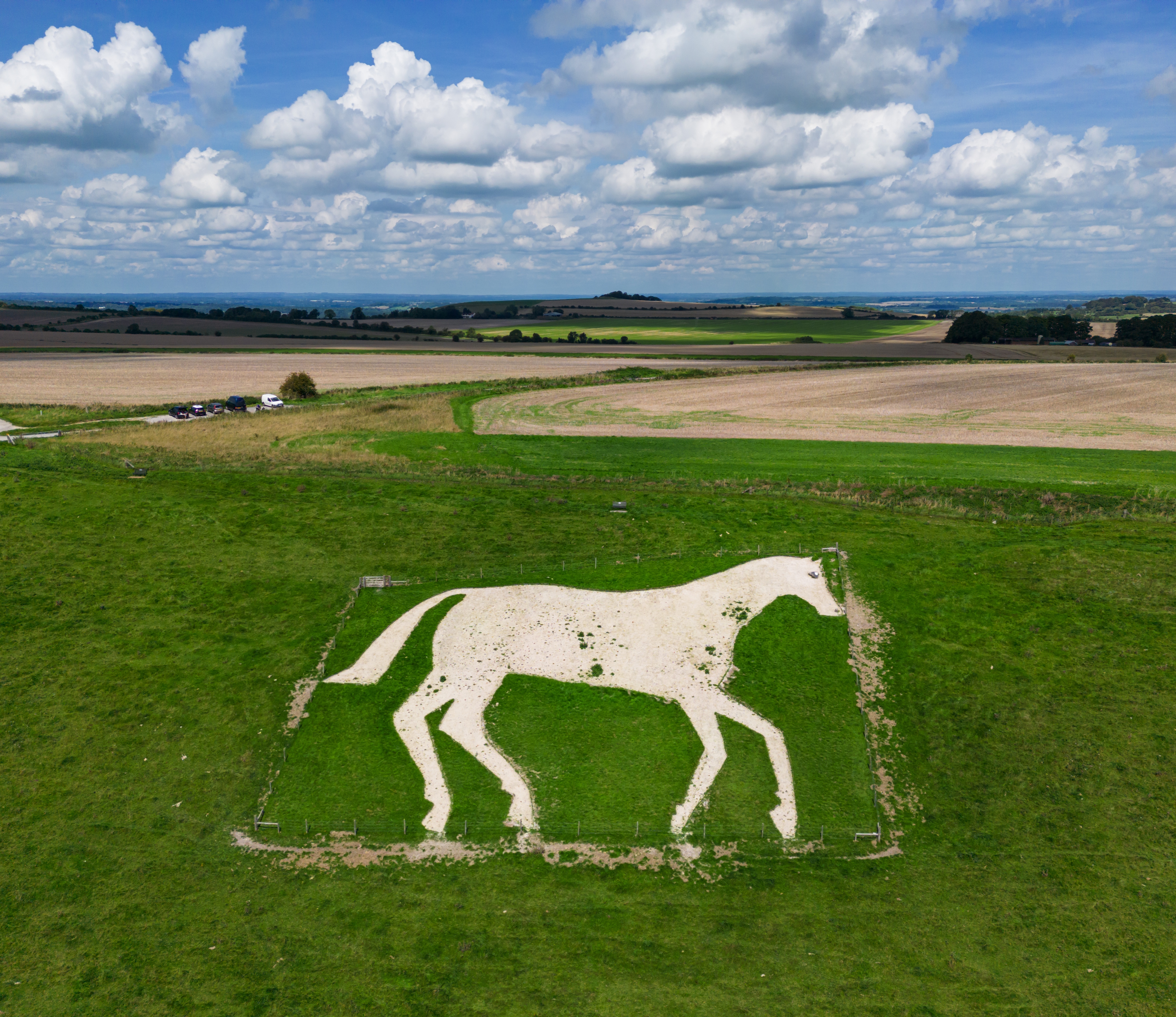
The White Horse of just outside of Denzies
Just one mile later, I spotted my first white horse of the journey. Unfortunately at the time it materialised on a North Wessex Down just outside of Devizes, a misty drizzle had set in and I was still in a significant amount of discomfort after having acquainted myself with the largest nettle patch in WIltshire. Nonetheless I took a picture for posterity and continued, happy to have ticked one of the route’s omnipresent equines off the list. Onwards.
81 miles to go
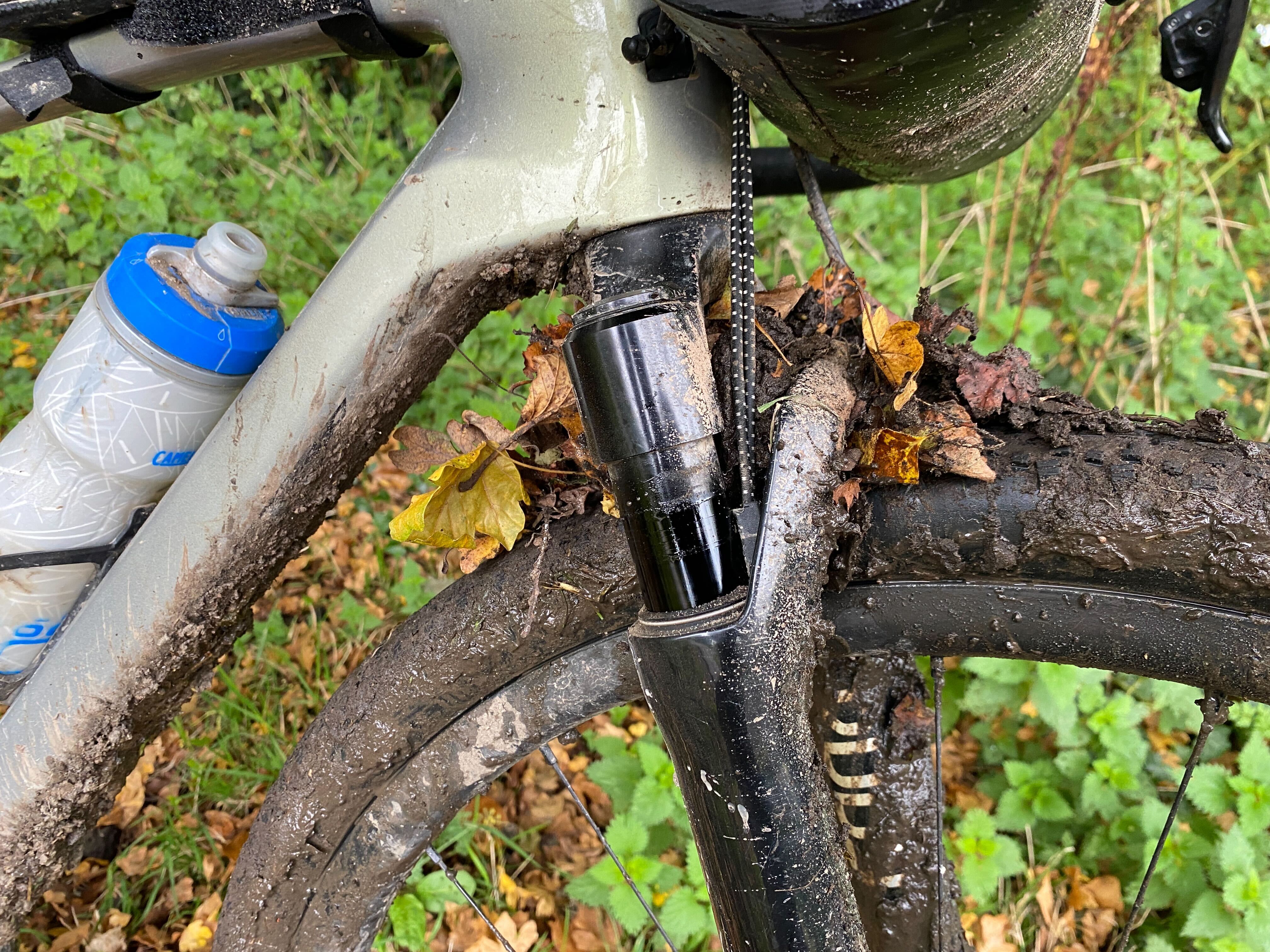
My bike looked like it had gone 12 rounds with Worzel Gummidge (a big scary scarecrow if you’re not old, or British, enough to be aware), covered in leaves, mud and cattle waste. This route was chosen by dint of its purported 50% 's worth of paved parcours – it was also supposed to be relatively flat. I was yet to see evidence of either. I seemed to be capsizing a lot, there’s no purchase on these trails, and the argument for flat pedals was growing ever stronger. When not falling over, I was lugging my steed up leaf littered rock gardens in shoes with the grip of a billiard ball. I was not averaging 15mph anymore, with two gears available: slow and really, really slow. However, Bradford on Avon and Bath were just around the corner, and with these places comes 20 miles on the flat and hopefully fast Kennet and Avon canal towpath.
65 miles to go
Someone along the Kennet and Avon towpath shouted something at me. I turned around and said: “Sorry?”.
“I said get a f***ing bell”, he replied, to which I responded: “The extra weight of a bell could very well compromise my FKT attempt.” He said nothing. I’d clearly baffled him with verbiage exclusive to the cycling fraternity.
He was right though – half the people of Somerset were out taking an afternoon constitutional along the towpath, and where I thought I might make up a little time turned into an obstacle course of dogs, children and the elderly. I spent the subsequent 20 miles parting with exaggerated coughs to announce my presence and got to the end of the canal section unable to talk. Come Bath, I laboured my way through a flapjack and checked on my progress. My Garmin delivered the news deadpan: average speed 13mph. Unless I miraculously acquired the Vo2 Max of an Alaskan Malamute this was very much a doomed quest. And the toughest section of the route was yet to come.
49 miles to go
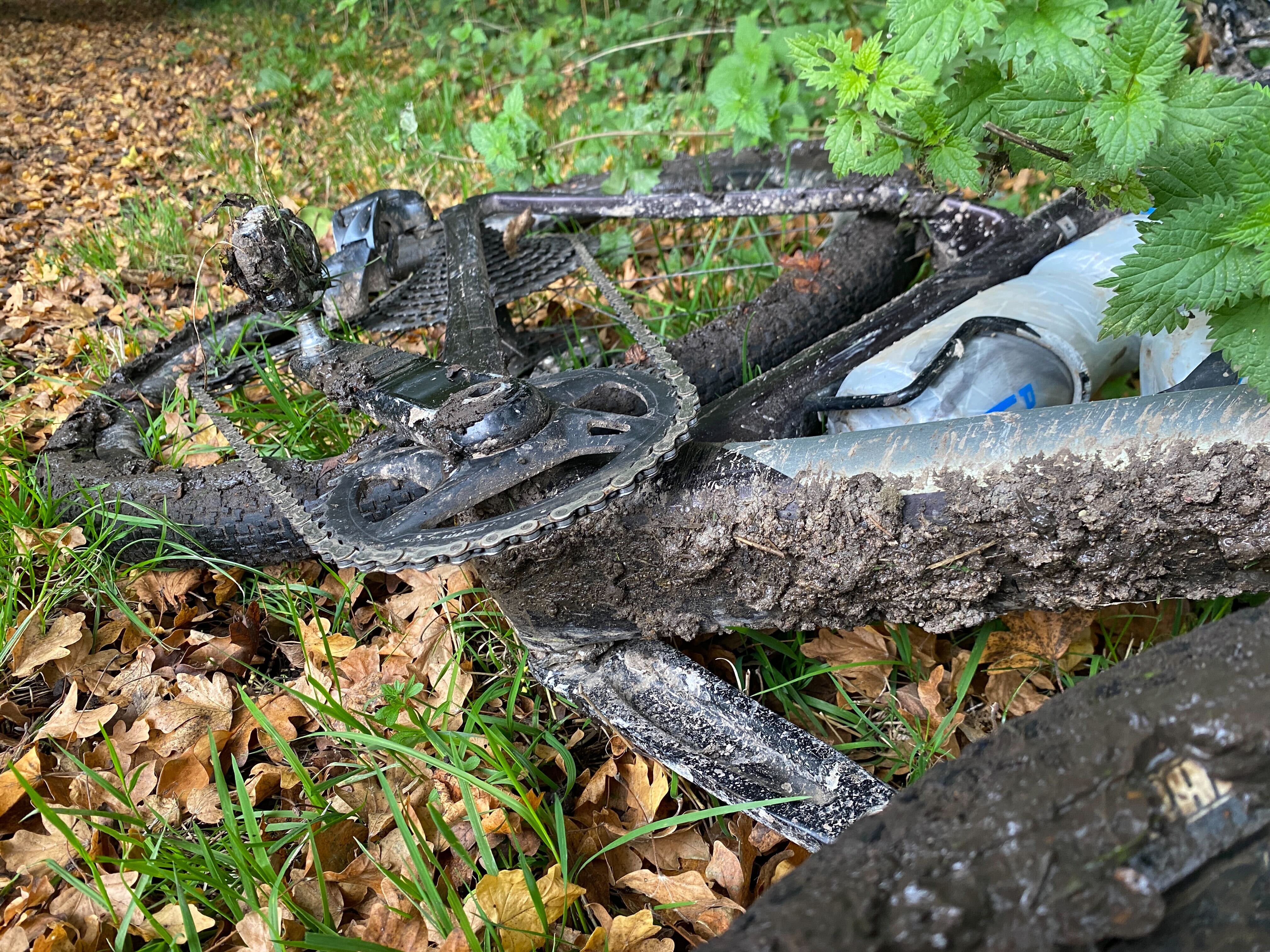
The toughest section of the route – Fosse Lane near a place called Bathampton – began on benign blacktop that metamorphosed through hardpacked byway, muddy bridleway and eventually ended its transformation with what can best be described as a swamp. It was a bit like the reverse cycle of a butterfly: starts with beauty, ends with something you look at and go “eueww”. To make matters immeasurably worse the whole thing played out over a 1.2-mile hill where gradients touched on 20%. Cycling became something I used to do. Walking, falling over and swearing a lot was now what I did.
27 miles to go
At dusk it dawned on me that the White Horse I saw on the slopes near Devizes was the only one I’d seen so far. I was unlikely to see any more either. Not that I frankly gave a toss – this was serious FKT business, not a tour of an antiquated donkey sanctuary. I turned on my helmet and handlebar lights, ate my final flapjack and continued punching out as much power as my ebbing levels of energy would allow.
"This was serious FKT business, not a tour of an antiquated donkey sanctuary"
An absolute FKT was now out of the question. But a Winter FKT – indeed one that has never been set on this course – would be established. It had become my duty to complete the ride in a time that wouldn’t garner too much ridicule, but that ship had more or less already sailed.
18 miles to go
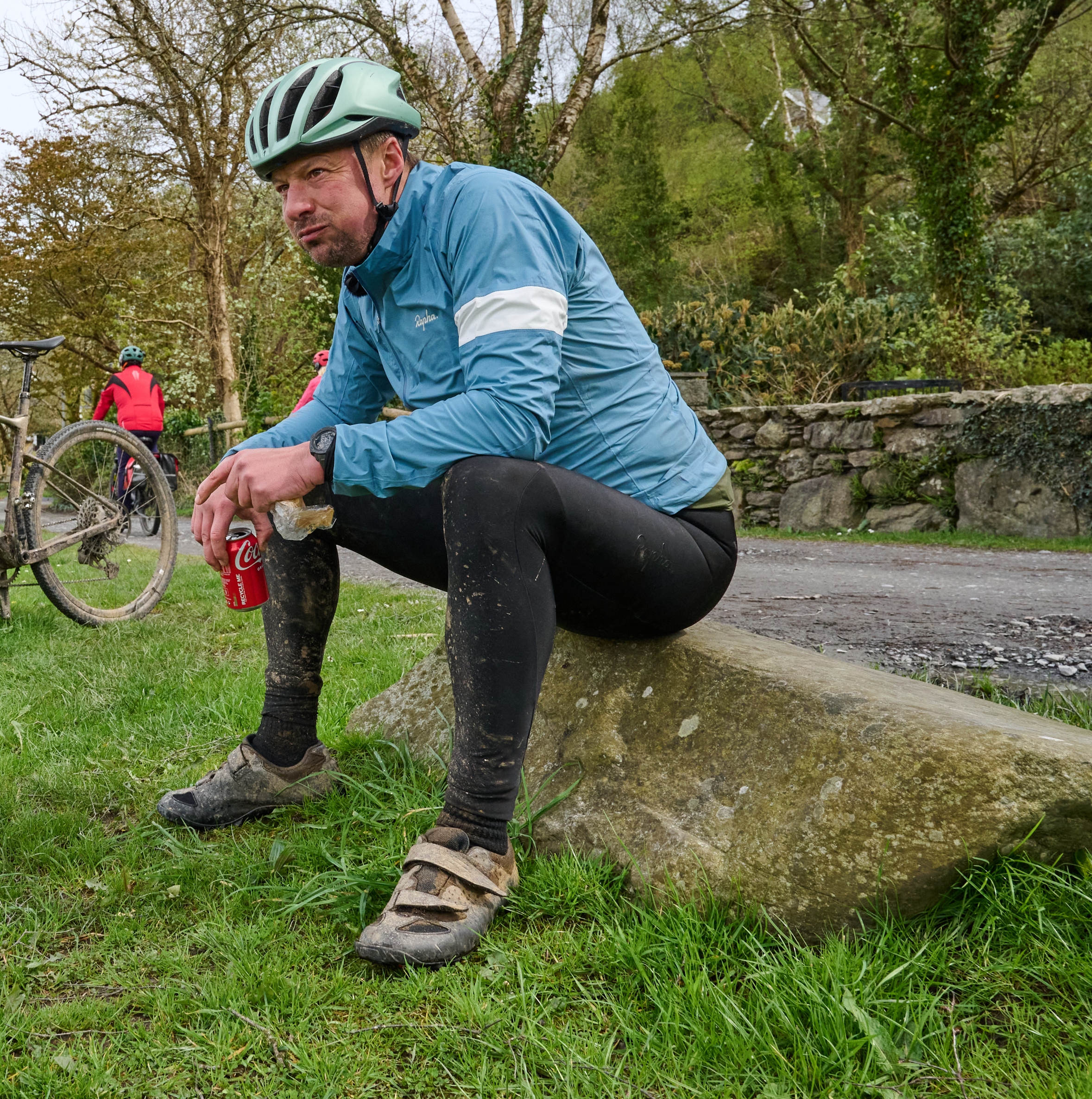
The goal was to complete the ride Unsupported, with just the food and drink I had on me
I could contain myself no longer, and succumbed to the magnetic pull of a Meal Deal. The familiar sensation of rapidly depleting glycogen stores combined with the sight of a Co-Op convenience store rendered an Unsupported FKT attempt more or less obsolete.
There are three different kinds of FKT, you see. Unsupported means that all food, water and essential kit must be carried and food caches and shops aren’t permitted. Self-supported means that you are able to stock up on food and essentials during the attempt but have no help from second parties. Finally, Supported means you have a dedicated crew on hand to keep the challenge running as efficiently as possible. So after burying my face in a BLT I left the little village of South Cerney satiated but solemn. If I’d packed an extra flapjack or two it would have put paid to those late hunger pangs. You live and you learn.
4 miles to go
I thought I’d arrived in Swindon to a ticker tape parade. My very presence seemed to instigate a wild frenzy of merriment, mirth and a series of opulent firework displays. I like it here, I thought. Then I remembered it was the beginning of November and that nobody in the world apart from me cares about the fact I’ve just engaged in a 100 mile battle with the elements. Nonetheless, enjoying Swindon’s annual Guy Fawkes night fireworks display was a nice way to conclude the ride.
117 miles, complete
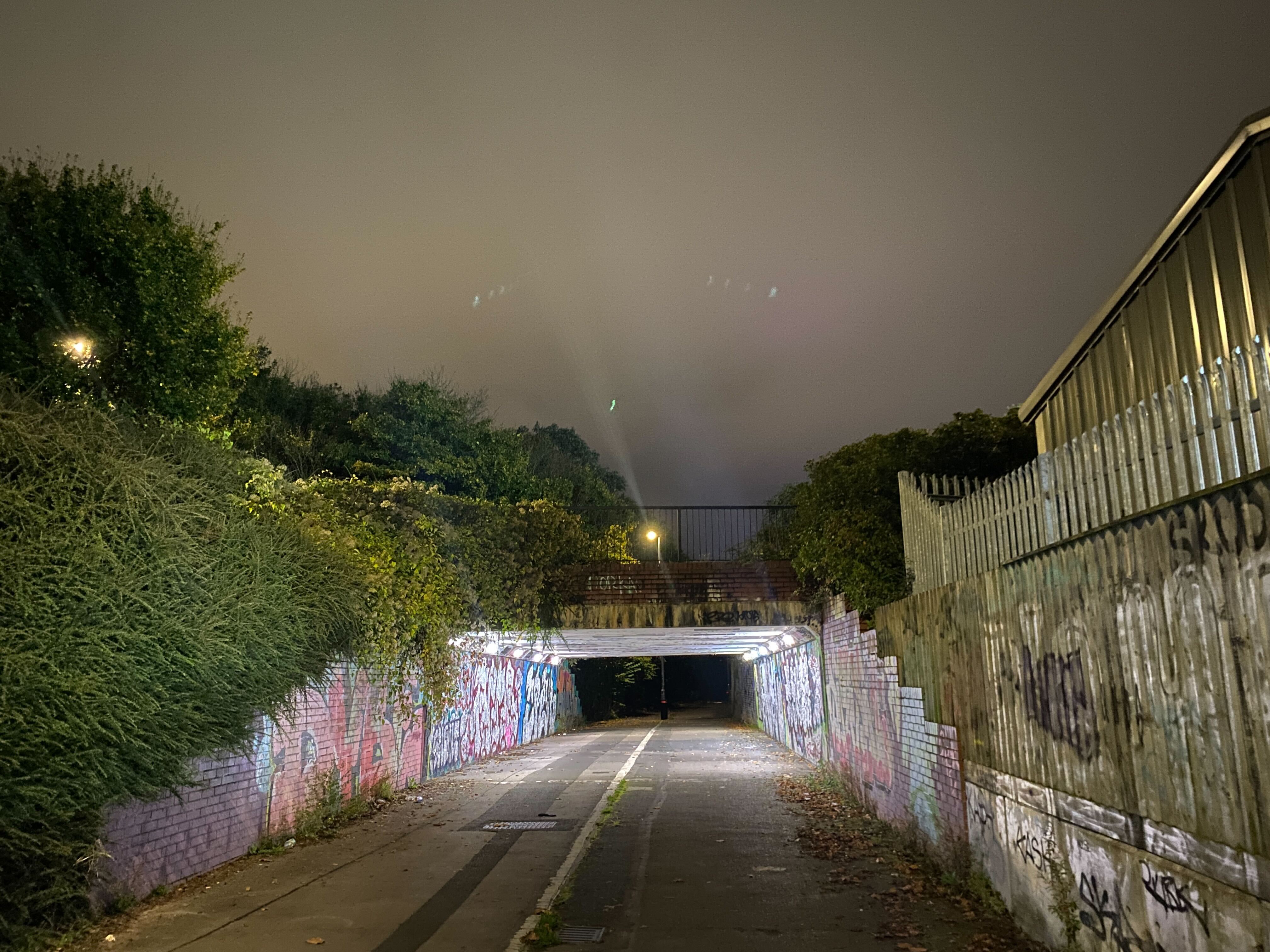
What I set out to achieve - an Unsupported All-Time FKT of around 7 hours, it transpired, was not achievable. But, what I did set was a Self-supported Winter FKT for the White Horse Round, in 10hrs and 38 minutes with an average speed of 12.6mph.
I took on this ride aboard a very capable gravel bike, but conditions were such that a hardtail mountain bike would’ve been infinitely more efficient. There are no real protracted sections of road on which to open the taps, indeed most of the asphalt is short transitional lengths between byways and bridleways. If I were to make the attempt with the benefit of hindsight, I would've also taken more food, more water and, in an ideal world, lost about 20kg before starting off. But a fast time was inconsequential. More importantly, the feeling of riding through an entire day, from dawn to dusk and beyond, has given me a taste for winter outings – and as soon as I’ve regained the feeling in my feet I’ll think about planning another.

Thank you for reading 20 articles this month* Join now for unlimited access
Enjoy your first month for just £1 / $1 / €1
*Read 5 free articles per month without a subscription

Join now for unlimited access
Try first month for just £1 / $1 / €1
Steve has been writing (mainly fitness features) for Cycling Weekly for 11 years. His current riding inclination is to go long on gravel bikes... which melds nicely with a love of carbs
-
 'It took everything' - Puck Pieterse outclimbs Demi Vollering to win La Flèche Wallonne
'It took everything' - Puck Pieterse outclimbs Demi Vollering to win La Flèche WallonneDutch 22-year-old shows Classics pedigree with first one-day victory
By Tom Davidson
-
 Tadej Pogačar flies to dominant victory at La Flèche Wallonne
Tadej Pogačar flies to dominant victory at La Flèche WallonneSlovenian takes second win at Belgian classic ahead of Kévin Vauquelin and Tom Pidcock
By Tom Thewlis